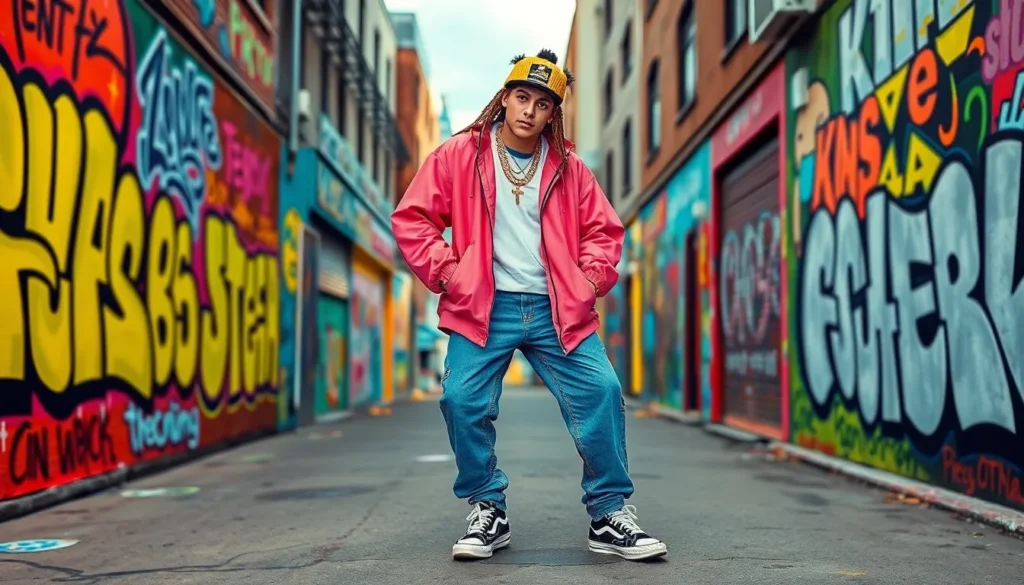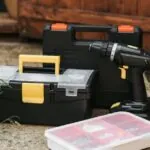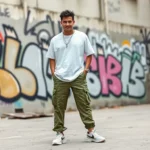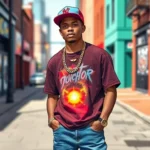Table of Contents
ToggleThe 80s were a vibrant explosion of color, creativity, and culture, and streetwear was right at the forefront of this revolution. Picture neon tracksuits, oversized tees, and sneakers that could practically glow in the dark. It wasn’t just clothing; it was a statement, a rebellion against the mundane.
As hip-hop, skate culture, and punk rock collided, fashion took on a life of its own. People didn’t just wear clothes; they wore their attitudes, their music, and their dreams. This era gave birth to iconic brands and trends that still influence today’s fashion landscape. So buckle up, because diving into the world of 80s streetwear is like stepping into a time machine filled with bold prints and unforgettable style.
The Rise of 80s Streetwear
In the 1980s, streetwear emerged as a dominant force, intertwining fashion with cultural movements. Influences from hip-hop, skate culture, and punk rock converged, creating a unique style distinct from mainstream fashion. Bold colors, oversized silhouettes, and graphic prints took center stage, enabling individuals to express creativity and challenge societal norms.
Prominent brands such as Nike, Adidas, and Stüssy began to dominate the scene, shaping the identity of streetwear. Each brand contributed its unique flair, incorporating athletic designs with urban aesthetics. The popularity of sneakers surged as individuals sought fashionable footwear that matched their vibrant outfits.
Media played a crucial role in popularizing 80s streetwear. Movies, music videos, and magazines highlighted the fashion choices of influential figures, further inspiring youth culture. Artists like Run-D.M.C. and Madonna showcased iconic looks, merging music and style seamlessly.
Additionally, the rise of graffiti art and breakdancing amplified streetwear’s visibility. Urban spaces transformed into runways as people showcased their outfits through dance and art. The excitement surrounding these cultural expressions resonated with the youth, fostering a sense of community and belonging.
Streetwear’s growth also connected to the burgeoning skate scene. Skateboarders embraced comfortable clothing, leading to brands like Vans and Supreme gaining recognition. The blend of functionality and style appealed to a generation seeking authenticity.
By the end of the decade, 80s streetwear established a lasting legacy, influencing subsequent fashion trends. Elements from this era continue to resurface, underscoring its significance in shaping the broader landscape of contemporary fashion.
Key Elements of 80s Streetwear
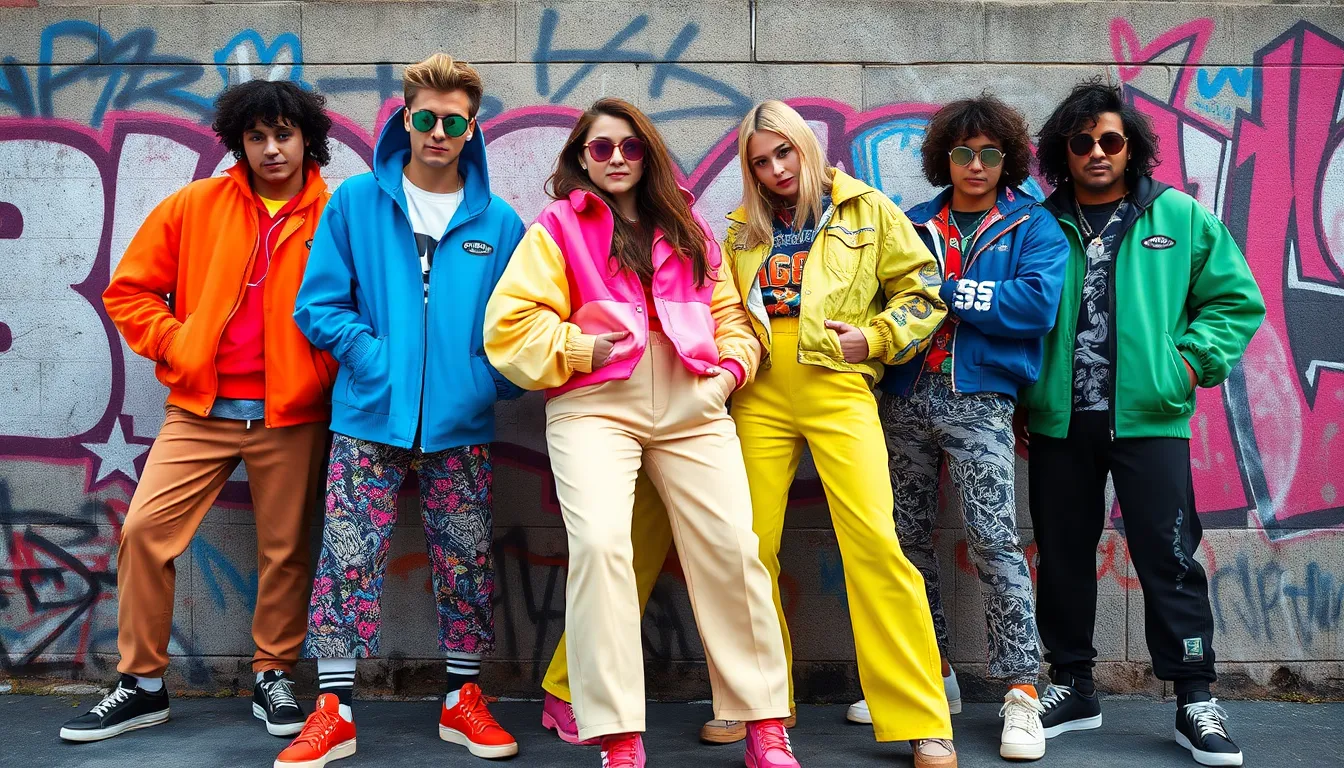
80s streetwear embodies boldness and individuality, highlighted through distinct fabrics, colors, and influential brands that defined the era. Each element contributes to the vibrancy associated with this iconic fashion movement.
Popular Fabrics and Colors
Bright colors characterized the fabrics of 80s streetwear. Neon shades like hot pink, electric blue, and acid green dominated outfits. Cotton, denim, and synthetic blends provided comfort and flexibility in movement. Track suits often featured contrasting panels with shiny materials, making them stand out. Patterns such as geometric prints and graffiti designs added an artistic flair. Additionally, oversized fits allowed for a relaxed, effortless style, blending functionality with urban aesthetics.
Iconic Brands and Designers
Prominent brands solidified their status during the 80s. Nike and Adidas led the sneaker revolution, introducing popular footwear models that remain relevant today. Stüssy emerged as a pioneer in streetwear, blending surf and skate culture into its designs. Ralph Lauren and Tommy Hilfiger brought preppy styles into the mix, appealing to a broader audience. Designers like Jean-Paul Gaultier captured the punk essence, pushing boundaries with innovative silhouettes. Together, these brands established an enduring influence, shaping fashion trends beyond the decade.
Influential Figures in 80s Streetwear
Celebrities and community leaders significantly shaped 80s streetwear, setting new trends and making bold statements.
Celebrity Fashion Icons
Run-D.M.C. popularized Adidas by showcasing the brand in their music videos and performances. They wore the iconic shell-toe sneakers, and their influence cemented the sneaker’s place in street fashion. Madonna’s fusion of punk-rock attitude with feminine styles attracted a diverse audience and pushed boundaries. Others like Prince embraced flamboyant, oversized outfits, reflecting personal style while influencing a generation. These celebrities became symbols of the era, inspiring fans to express individuality through fashion.
Street Culture and Communities
Urban environments played a vital role in the evolution of streetwear. Graffiti artists transformed cityscapes, turning them into dynamic canvases that highlighted street style. Skate parks emerged as gathering spots, fostering relationships within the skateboarding community. Events and block parties showcased dance styles like breakdancing, further solidifying the connection between music and fashion. Together, these elements created a sense of belonging, making streetwear more than just clothing; it became a cultural movement defined by collaborative creativity.
Lasting Impact of 80s Streetwear
80s streetwear left an indelible mark on contemporary fashion. This era’s vibrant styles became staples in wardrobes worldwide. Influential brands, like Nike and Adidas, solidified their places in both casual and high-fashion contexts. Bold colors and distinctive silhouettes paved the way for future designers to explore new creative territories.
Cultural movements such as hip-hop and skate culture intertwined with fashion, creating a unique form of self-expression. Youth embraced oversized clothing and daring patterns, leading to a shift in how fashion was perceived. Artists like Run-D.M.C. and Madonna showcased these styles, making streetwear synonymous with mainstream culture.
Media played a pivotal role in disseminating these trends. Music videos brought street fashion into homes, inspiring millions to adopt similar fashions. Magazines highlighted the appeal of this bold aesthetic, demonstrating its reach beyond urban environments.
Graffiti art and breakdancing intertwined with streetwear, transforming urban spaces into vibrant canvases. Community events promoted a sense of identity and belonging among youth. As creativity flourished in these environments, it fueled the demand for new styles.
The legacy of 80s streetwear continues to influence modern fashion. Current designers draw inspiration from this era while incorporating contemporary elements. Retro aesthetics reappear each season, showcasing the enduring appeal of that bold style. Understanding this impact reveals how 80s streetwear helped shape fashion’s trajectory, fostering a culture centered on individuality and expression.
The legacy of 80s streetwear remains vibrant and influential in today’s fashion landscape. Its bold colors and unique styles continue to inspire designers and enthusiasts alike. The fusion of music culture and fashion created a movement that transcended generations, making streetwear a staple in wardrobes around the globe.
As contemporary designers draw from the rich history of this era, they celebrate individuality and self-expression. The impact of 80s streetwear is evident not just in clothing but in the way it fosters community and creativity. This cultural revolution has left an indelible mark on fashion, ensuring that its spirit lives on.

